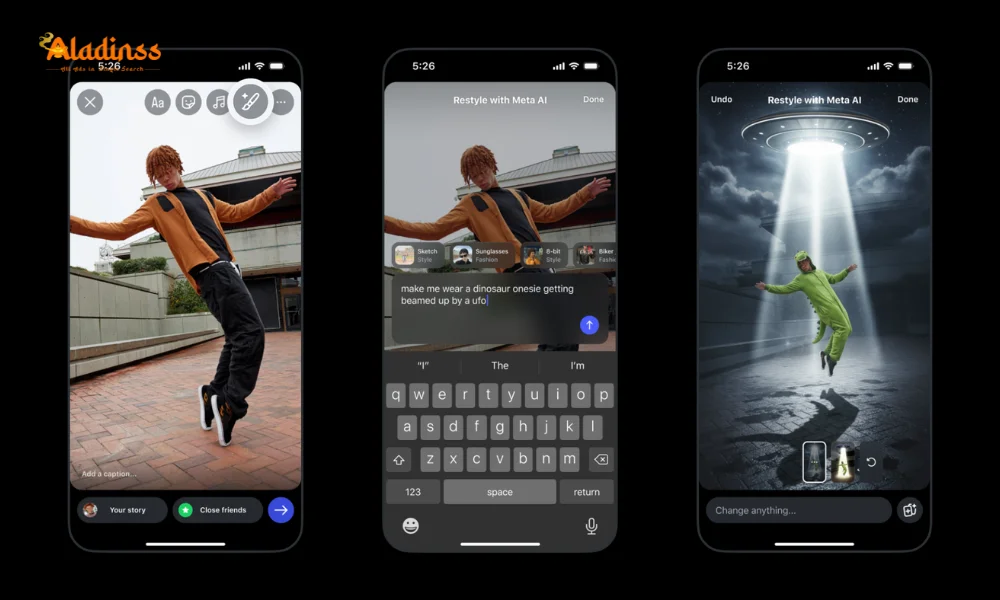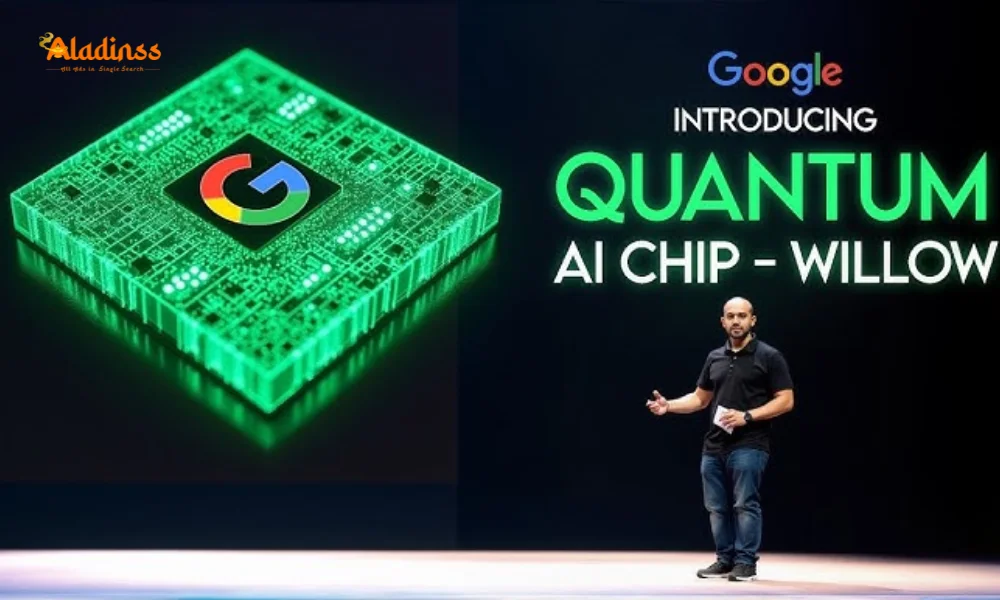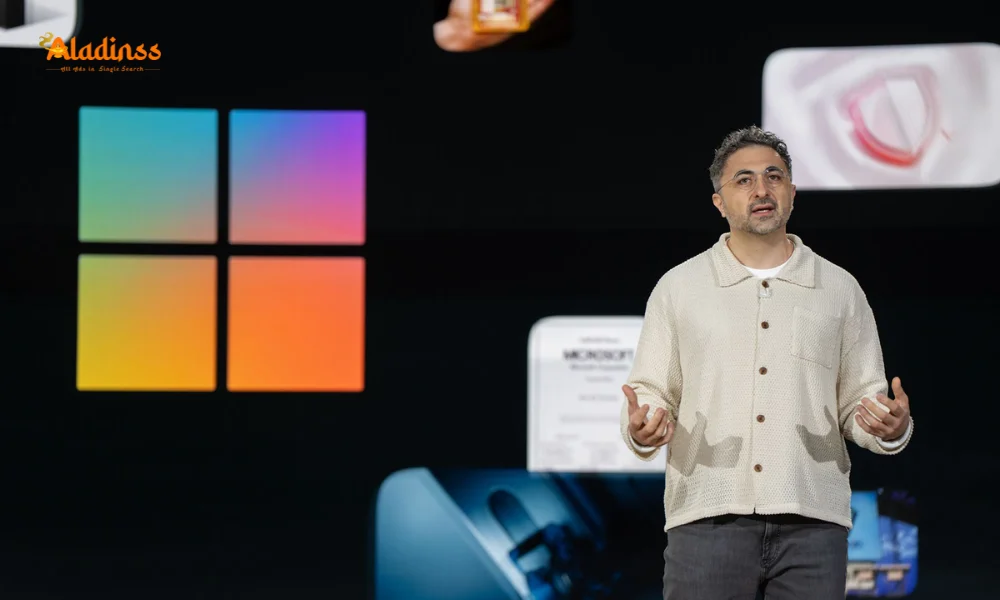YouTube’s AI Tool Stops Deepfakes: Creators Protected!
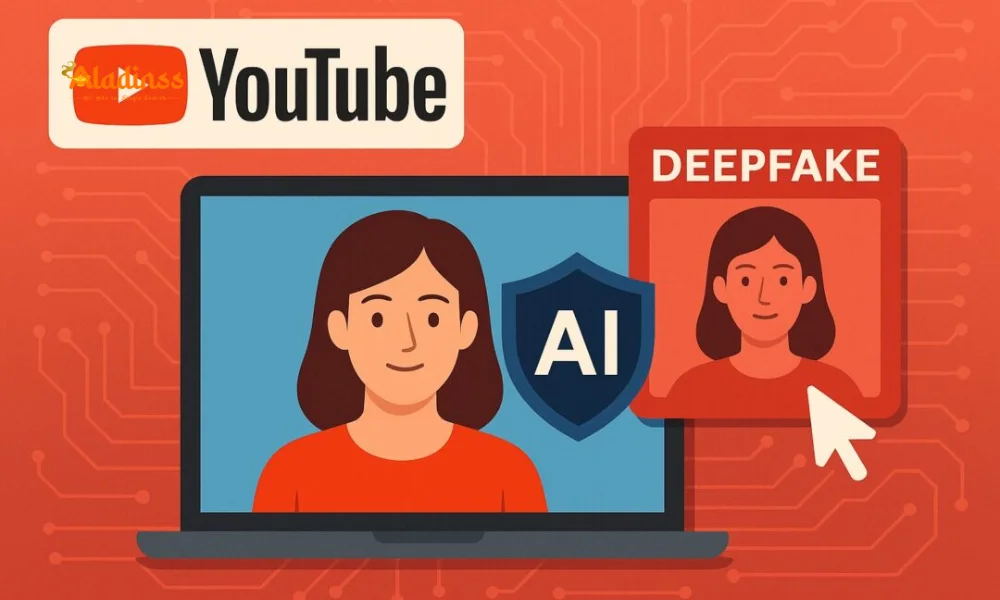
YouTube’s AI Likeness Detection Tool Shields Creators from Deepfakes
YouTube has launched a groundbreaking AI likeness detection tool to protect content creators from the growing threat of AI-generated deepfakes. Announced on Tuesday, this innovative tool empowers creators to identify and flag videos that misuse their likeness or voice through synthetic means. Available initially to YouTube Partner Programme members, the tool requires a rigorous onboarding process involving ID verification and a video selfie. This move underscores YouTube’s commitment to safeguarding creators in an era where deepfake technology is becoming increasingly sophisticated.
The deepfake detection tool allows creators to monitor potential misuse of their identity via a dedicated dashboard. As deepfakes pose a significant risk to creators’ reputations and intellectual property, YouTube’s initiative aims to provide a robust defense mechanism. The tool is part of a broader effort to enhance platform security and maintain trust within the creator community.
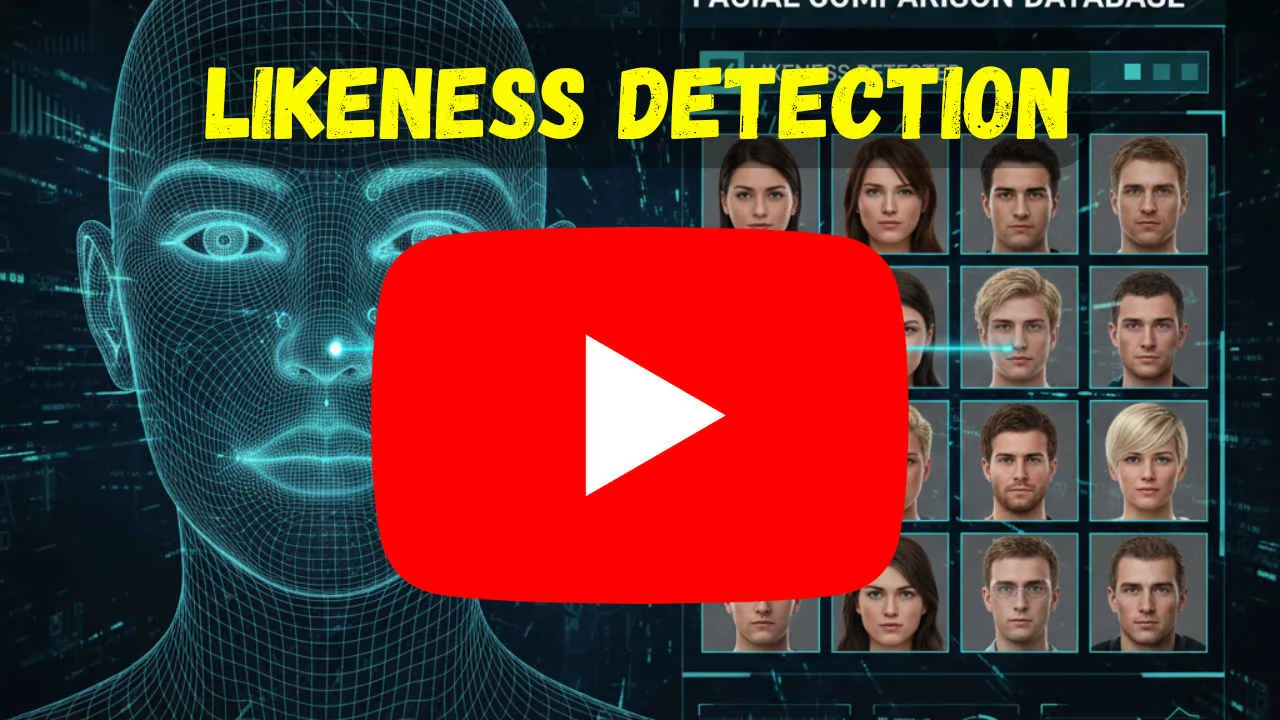
How the AI Likeness Detection Tool Works
YouTube’s AI likeness detection tool is designed to identify videos that may use a creator’s likeness or voice without permission. Accessible through the Content ID menu, the tool is currently available to creators enrolled in the YouTube Partner Programme, with plans to expand access in the future. Once onboarded, creators can view a dashboard that lists videos flagged as potential deepfakes, categorized by priority to highlight the most pressing cases.
The onboarding process is thorough to prevent misuse by bad actors. Creators must consent to data processing, submit a government-issued ID, and upload a video selfie. These materials are securely stored on Google’s servers, and once the creator’s identity is verified, they gain access to the tool. YouTube’s system then scans videos across the platform, using advanced AI algorithms to detect synthetic content that mimics a creator’s likeness or voice.
Since the tool is in its early stages, YouTube notes that it may occasionally flag a creator’s own videos as potential deepfakes. This is due to the complexity of distinguishing between legitimate and synthetic content in the tool’s initial phase. YouTube first piloted the feature in December 2024, refining its algorithms based on feedback to improve accuracy over time.
Creator Control and Privacy Features
Once a video is flagged as a potential deepfake, creators have the option to request its removal or archive it for further review. YouTube will then evaluate the flagged content and take appropriate action, such as removing the video if it violates platform policies. This process empowers creators to protect their intellectual property and maintain control over their online presence.
YouTube also prioritizes creator privacy by allowing users to disable the deepfake detection tool at any time through the dashboard’s “manage tool” option. Upon deactivation, YouTube ceases processing the creator’s data for deepfake scanning within 24 hours. This flexibility ensures that creators can opt out if they no longer wish to use the tool, balancing security with user control.
The secure storage of ID and video selfie data on Google’s servers is designed to protect creators’ personal information. YouTube has implemented strict protocols to ensure that this data is handled responsibly, addressing potential concerns about privacy and data security.
Addressing the Growing Deepfake Threat
The rise of AI-generated deepfakes has become a significant concern for content creators worldwide. Deepfakes, which use AI to create highly realistic but fake videos, can be used to impersonate creators, spread misinformation, or damage reputations. YouTube’s likeness detection tool is a proactive step to combat this threat, offering creators a way to monitor and address unauthorized use of their likeness.
By integrating this tool into the Content ID menu, YouTube leverages its existing infrastructure for managing copyrighted content to tackle deepfakes. This approach streamlines the process for creators, who are already familiar with the Content ID system. The prioritization of flagged videos ensures that creators can quickly address high-risk content, minimizing potential harm.
The tool’s launch comes at a critical time, as advancements in AI technology have made deepfakes more accessible and harder to detect. YouTube’s investment in AI-driven detection reflects its commitment to staying ahead of emerging threats and protecting its creator community.
Future Expansion and Improvements
While the AI likeness detection tool is currently limited to YouTube Partner Programme members, the company plans to expand access to a broader range of creators in the future. This expansion will likely include smaller creators and those not yet enrolled in the Partner Programme, ensuring that more users can benefit from deepfake protection.
YouTube is also working to refine the tool’s accuracy to reduce false positives, such as flagging a creator’s own videos. The pilot phase in December 2024 provided valuable insights, and ongoing improvements will enhance the tool’s ability to distinguish between legitimate and synthetic content. These updates will be critical as deepfake technology continues to evolve.
The introduction of the likeness detection tool aligns with YouTube’s broader efforts to enhance creator safety and platform integrity. By providing creators with tools to combat deepfakes, YouTube is fostering a safer environment for content creation and consumption, reinforcing its position as a leading platform for creators.
Impact on the Creator Community
The launch of YouTube’s deepfake detection tool is a significant milestone for the creator community. Content creators, who rely on their personal brand and authenticity, are particularly vulnerable to the misuse of their likeness through deepfakes. This tool empowers them to take action against unauthorized content, protecting their reputation and intellectual property.
The ability to request video removal or archiving provides creators with greater control over their digital presence. By prioritizing high-risk videos, YouTube ensures that creators can address the most pressing threats quickly. This proactive approach is likely to build trust among creators, encouraging them to continue producing content on the platform.
As deepfake technology becomes more prevalent, tools like YouTube’s likeness detection system will play a crucial role in maintaining the integrity of online content. Creators can now focus on their work with greater confidence, knowing that YouTube is actively working to protect them from emerging threats.
Broader Implications for the Tech Industry
YouTube’s initiative sets a precedent for other platforms to address the growing challenge of AI-generated deepfakes. As AI technology advances, the need for robust detection and mitigation tools becomes increasingly urgent. YouTube’s approach, which combines advanced AI algorithms with user-friendly controls, could serve as a model for other social media and content-sharing platforms.
The tech industry is under increasing pressure to combat the spread of synthetic media, which can be used for misinformation, fraud, and other malicious purposes. By taking a proactive stance, YouTube is contributing to the development of industry-wide standards for deepfake detection and prevention.
The success of YouTube’s AI likeness detection tool will depend on its ability to evolve alongside deepfake technology. As creators and platforms navigate this complex landscape, ongoing innovation and collaboration will be essential to stay ahead of potential threats. YouTube’s commitment to refining and expanding the tool demonstrates its dedication to protecting its users and fostering a safe digital environment.
Comment / Reply From
No comments yet. Be the first to comment!
